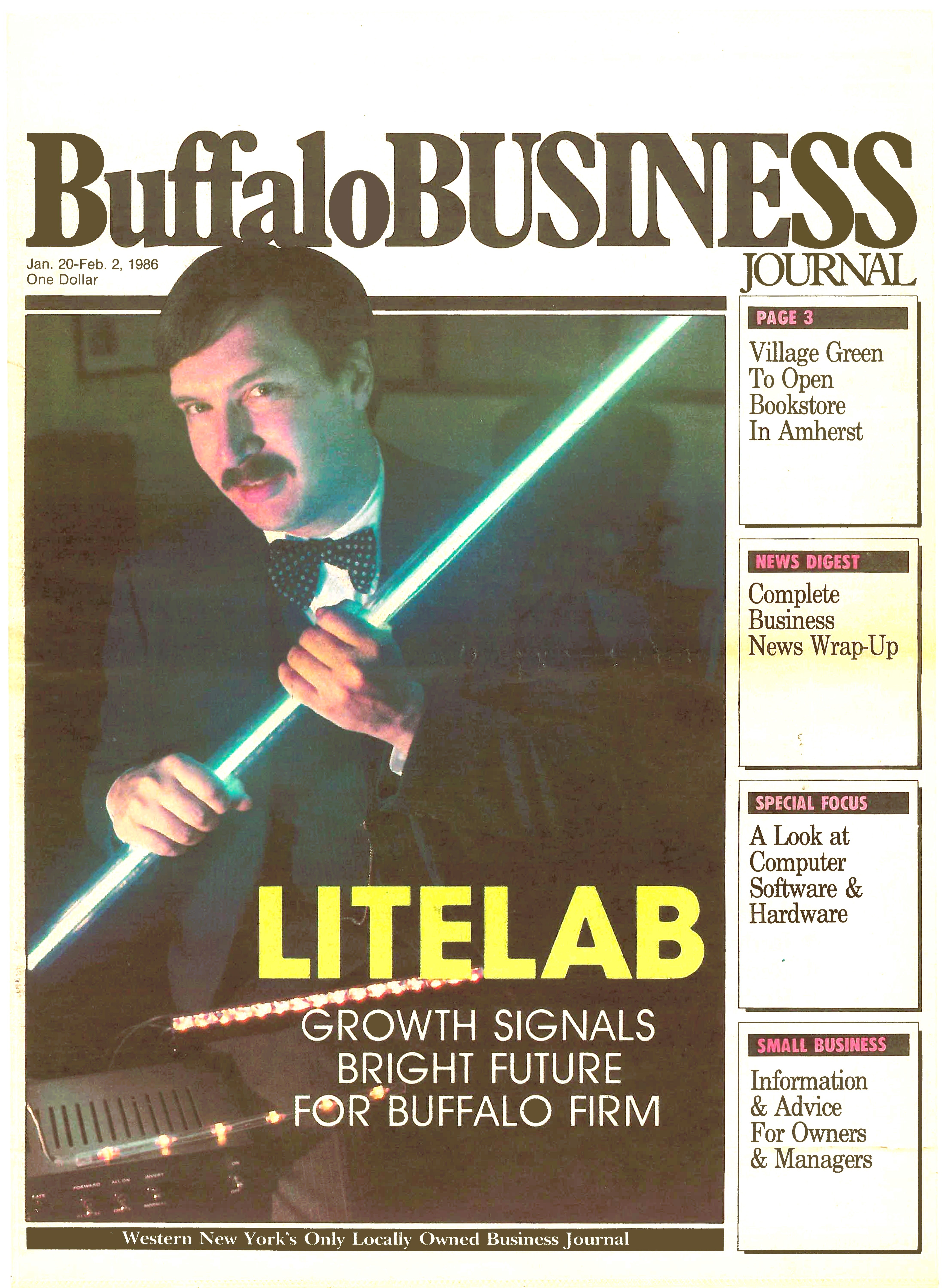Post Date: 08/04/25
Rick Spaulding Reflects on Litelab’s 50-Year Journey

Litelab’s story began in 1975, when Rick Spaulding and a partner launched a venture focused on theatrical lighting distribution. At the time, both were also engaged with Boston Pacific Design Group, collaborating with scenic and theatrical professionals. This overlap opened the door to nightclub lighting—an emerging scene where they quickly recognized a gap in available equipment. Most lighting solutions were imported from Europe and didn’t meet the performance or design standards they sought.
Necessity sparked innovation. Litelab began designing and manufacturing its own lighting equipment, a move that reshaped its future. No longer just a distributor, the company evolved into a manufacturer known for pioneering products that set new industry standards. By the late 1970s, Litelab had become a prominent player in the nightclub world. While they didn’t design the lighting for Studio 54, they did supply key components that helped define the look and energy of that era. Disco’s golden age placed Litelab at the heart of a cultural movement.
But the momentum was abruptly halted. On New Year’s Day 1980, major record companies launched a campaign to end the disco era. Within three months, Litelab’s staff was reduced from 150 to 30. It was a devastating blow—but also a wake-up call. The collapse pushed the company to diversify and reevaluate its core markets. The focus turned to sectors where Litelab’s technology could evolve and endure museums and retail.
The shift was gradual. Throughout the 1980s, Litelab built credibility in the museum field, culminating in the development of the Busway system—an innovative, adaptable solution that became the backbone of its museum work. Around this time, the company also began collaborating with iconic retail brands like Louis Vuitton, Ralph Lauren, Prada, and Gucci, crafting lighting systems that supported their architectural and branding visions.
A major turning point came in 1998 when Litelab was awarded the lighting contract for the Museum of Modern Art in New York. That project marked the beginning of a deeper commitment to cultural institutions and coincided with the arrival of designer Rafael Ramirez, whose leadership helped sharpen the company’s design focus.
What sets Litelab apart was its philosophy: listen closely, adapt to each institution’s unique needs, and commit to excellence. Litelab didn’t aim to reinvent lighting, it aimed to perfect it, balancing conservation, aesthetics, and flexibility with every system it created.
